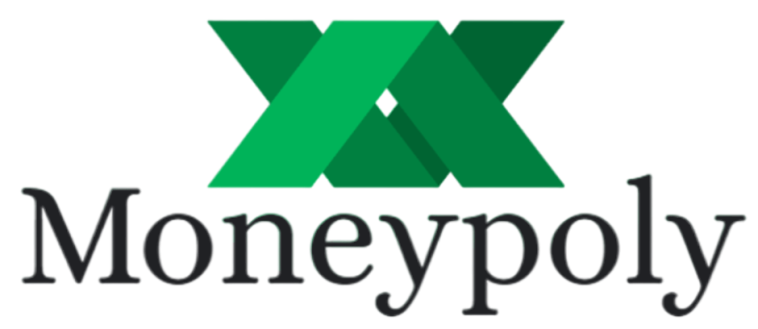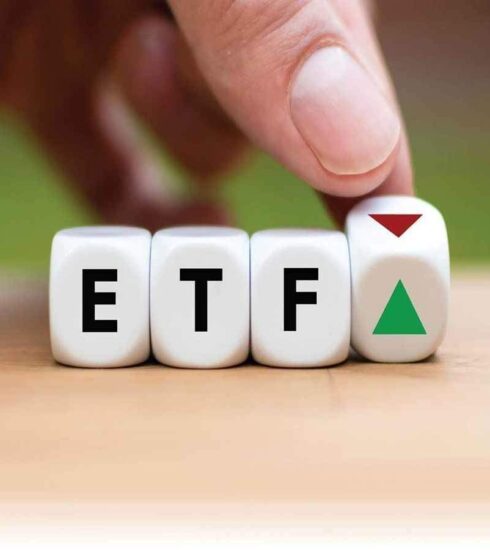
How to Beat the Stock Market?
Who said it is impossible to beat the stock market? There is a simple way to grow your money and compete against mature investors.
In this article, we will try to answer the question of “How to beat the Stock Market”. We will explain how a beginner investor can make it happen and list the advantages and disadvantages of the investment.
Allan Roth in his book “How a Second Grader Beats Wall Street” takes a smart approach in investing and emphasizes how ETF is the answer to beating the stock market. However, is ETF the optimal investment for you and your portfolio? Let’s dive in!
What’s ETF? Can ETF help you beat the stock market?
According to Investopedia, ETF stands for Exchange Traded Fund (ETF) and is a type of security that tracks/follows an index (S&P 500, etc. ), sector (Energy, Technology, etc), commodity (gold, crude oil, etc), or other assets (bonds, emerging markets, etc).
Actually, imagine, you want to invest in Google, Apple, Facebook, Tesla, and all of those fancy (and currently promising) companies. Apart from high growth, those stocks are quite pricey for the average beginner investor’s budget, which makes it quite impossible to buy every single share.
How about if you could buy one share that includes all of those companies (in a smaller portion) under one price?
This is what ETF is.
So, instead of buying one share of Tesla, you buy one share that includes Tesla, Google, Apple and many others. Of course, you can buy more than one share of this super mix of companies, but this is up to your budget.
Simply, think of ETF as the cereal multipack of Kellogg’s or a mixed bag of Gummi bears. You get a bit of everything under one package!
Now, you might be wondering. Is it that easy to beat the stock market?
It’s super easy and it’s highly recommended for beginner investors, who want to beat the stock market, grow their investment, and have limited time and a tight budget.
Interested in reading more about the basics of ETF? Read this article before we go into the pros and cons of ETF investment.
Benefits of ETF investment
ETF investment has several advantages over traditional financial instruments. Some of those benefits are:
Not Actively Managed.
Firstly, ETF (or at least the majority of ETFs) are not managed by a fund manager or a broker. So, there is no human intervention. In simple words, your destiny is not defined by the emotions and actions of a human. In the world of brokers and mutual funds, this means less exposure to risk, cost-efficiency, tax efficiency, and being able to sleep at night. Also, you can be updated on the ETF status anytime.
Cost-Efficient.
Secondly, ETF is cheaper than buying all the high growth or high dividend shares separately.
Tax Efficient.
ETF and mutual fund (capital) gains resulting from market transactions are taxed based on the amount of time held with rates varying for short-term and long-term (KPMG). For example, if the Mutual fund is reorganized every 2-months by the manager, this will make it taxable compared to an ETF.
Time-efficient.
Active investor spends around 20 hours a month working on their investments, according to T. Stanley and W. Danko in their book The Millionaire Next Door (Check out my list for beginners in investing). Investing in ETFs doesn’t require as much time as investing in stocks.
Low risk.
The majority of ETFs usually include a variety of assets, not just a handful. Thus, the risk is allocated evenly.
Note: There are ETFs that track high-risk assets (emerging markets, small-cap markets, etc), bonds and stocks. Not all ETFs are innocent!
Steady Growth.
The most popular and basic ETF is the S&P500, it follows the performance of the 500 best companies in the US. The companies grow, the index rises, your ETF goes up, your return increases, and everyone is happy.
Diversification.
Another advantage of ETF investment is diversification. Buying a variety of ETFs allows you to diversify your portfolio in many different categories (bonds, stocks, commodities).
Pros of ETF
However, ETFs are not all about la vie en rose. They hide certain risks like all the investments do.
Disadvantages and risks of ETF
Annual Expense costs.
Firstly, make sure you have done extensive research on the ETF costs (annual cost, minimum investment, limitations, account expenses, selling expenses, etc) before deciding to invest.
Taxes.
“Tax-efficient does not mean tax-free”, K. Wallace for Morningstar. Even though an ETF is considered tax-efficient, you still need to pay taxes on regular distributions of income, and you will also pay capital gains taxes when selling an ETF. Do the maths, before investing in an ETF. Tip: ETF dividends are taxed according to how long the investor has owned the ETF fund (Fidelity) in the US. Make sure, you research how the country of your tax residency treats ETF and dividend income.
Liquidation & Trading Expenses.
Thirdly, an ETF is not considered a cash equivalent, so research the selling procedure and how fast the money can be in your account. Another aspect of selling ETF is the trading expenses, which can get quite high. So, make sure that you’re aware all of the costs before going ahead with the ETF.
Sacrificing higher returns?
What if you want more of those strawberry candies in the Gummi bear’s star mix? An ETF is considered a more “secure” investment in comparison to value investing (stock investment). But, how about missing on a high-dividend stock or the next promising company?
No customization.
Keep in mind, ETFs are ready-to-sell securities, the customer cannot choose quantities of specific securities to include or exclude. If you’re looking for customization, ETF is not for you.
Who provides the ETF?
Another risk of ETF investment is the issuing company. Cross-check the company, which offers the ETF (aka issuing company). You need to make sure the company and the source you buy from are reliable. If any of those companies goes bust, you should ask what will happen to your investment. Don’t put all your eggs in one basket.
Pros and Cons of ETF
To wrap up, I will use the outro of Allan Roth, the author of “How a second grader beats Wall Street”, when investments are done correctly and monitored regularly can actually improve our lives and create happiness. Jonathan Clements (Wall Street Journal, April 9th, 2008) reminded us all of the three purposes of money:
- Having money makes us worry less about money. That alone improves our lives.
- Money gives you the freedom to pursue your passions.
- Money can buy you time with your friends and family.
Article by A. CH





